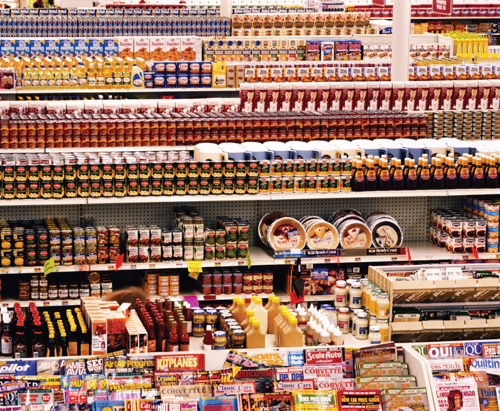Chapter 13
Go Beyond Products
How to Avoid Being Easily Copied
Stand in front of a grocery store’s cereal aisle and you may be confronted with more than 130 different boxes of flakes, Os, pops, or puffed forms of grain slathered with varying amounts of sugar. Move to the detergents and you will see a wall of powders, liquids, bleaches, softeners, stain removers, and more, stretching on for twenty feet. Move to oral care and you may encounter 42 different variants of Crest toothpaste alone. Then just try to pick out a toothbrush. Sheesh.
Yet if you were to go into virtually any of the world’s largest firms that make the items sold in that grocery store today, you would find that most of what they are cooking up are yet more such product variants and line extensions. “Surely, we will sell more if we make one in mango flavor, no? What if we make the potato chips with pink Hawaiian sea salt?” Changes like these are easy in big firms—they don’t require factories to be retooled—so they’re common.
There’s only one problem: as an innovation strategy, it’s nearly useless.

Why Product Performance Isn’t Enough
There’s nothing wrong with product performance innovation per se. In fact, depending on industry or context, such innovation may be necessary to cut through the noise of existing offerings. When a PC first gets designed with special chips for managing graphics, or includes a nice little ...
Get Ten Types of Innovation: The Discipline of Building Breakthroughs now with the O’Reilly learning platform.
O’Reilly members experience books, live events, courses curated by job role, and more from O’Reilly and nearly 200 top publishers.

